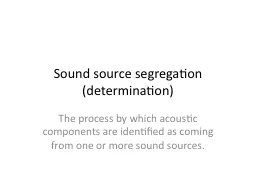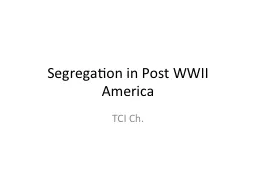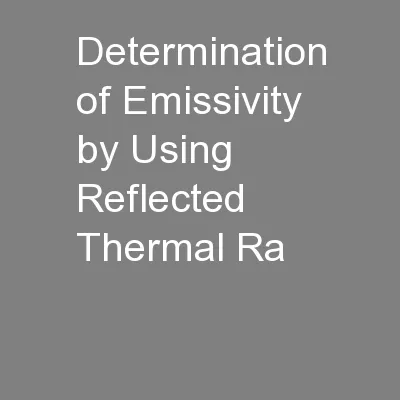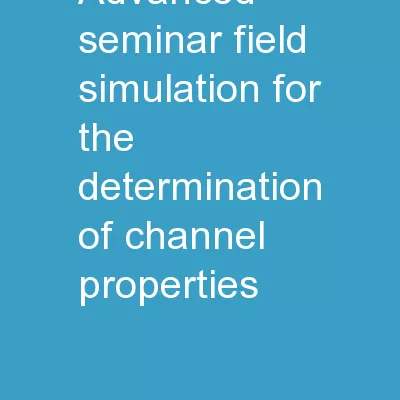PPT-Sound source segregation (determination)
Author : calandra-battersby | Published Date : 2015-09-28
The process by which acoustic components are identified as coming from one or more sound sources ANF basal ANF apical Redbluepurple Time Two types of method for
Presentation Embed Code
Download Presentation
Download Presentation The PPT/PDF document "Sound source segregation (determination)" is the property of its rightful owner. Permission is granted to download and print the materials on this website for personal, non-commercial use only, and to display it on your personal computer provided you do not modify the materials and that you retain all copyright notices contained in the materials. By downloading content from our website, you accept the terms of this agreement.
Sound source segregation (determination): Transcript
Download Rules Of Document
"Sound source segregation (determination)"The content belongs to its owner. You may download and print it for personal use, without modification, and keep all copyright notices. By downloading, you agree to these terms.
Related Documents














